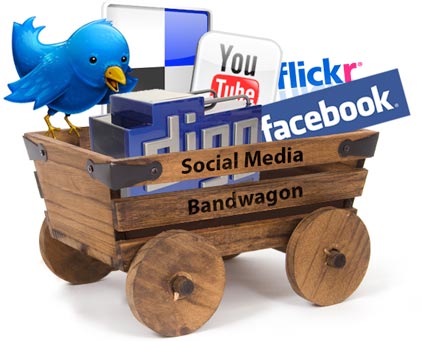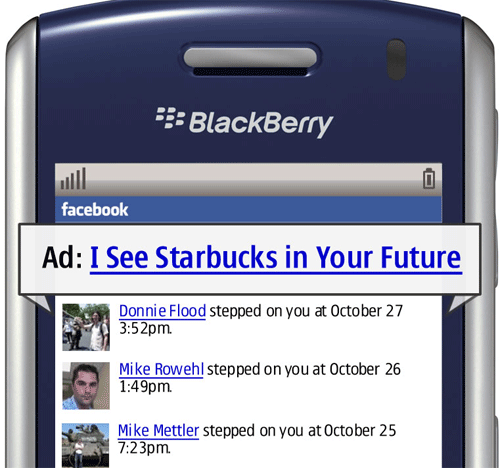As social continues to grow, it seems that the competition between different social networks is heating up. Twitter and Facebook have been battling it out for internet user preference for a while now, and Facebook has always had quite a lead on Twitter. Now, with Instagram coming into the world as a top earner of internet user traffic, the company has made some changes that show its intentions to join in on the battle. As anyone with a Twitter or Facebook account knows, Instagram photos are not only available for sharing on the network itself, but they are also able to be shared on multiple other social networks. However, that has changed today, with the announcement that Instagram will no longer be allowing their photos to be shared on Twitter.
Shares are important to marketing of course, as it is a natural way to spread marketing efforts across a broad spectrum. Even though there are not too many marketers tapping into Instagram quite yet, there are some, and this inability to share across networks will surely affect them. This is especially true considering the amount of new interest that has been instilled into the company with their recent releasing of desktop profiles.
The company made the announcement today at the LeWeb conference, the largest tech conference in Europe. Instagram’s CEO Kevin Systrom assured listeners of the company’s intention to prevent any sharing via Twitter.
The New York Times quotes Systrom in their blog,
We’ve decided that right now, what makes sense, is to direct our users to the Instagram Web site,” Mr. Systrom said, noting that Instagram images will soon no longer be visible on Twitter. “Obviously things change as a company evolves.
Twitter also announced the change once users started to notice issues with their Twitter sharing capabilities. In one of their status updates, Twitter made the announcement about Instagram’s pulling of the plug on Twitter sharing:
Users are experiencing issues with viewing Instagram photos on Twitter. This is due to Instagram disabling its Twitter cards integration, and as a result, photos are being displayed using a pre-cards experience.
It appears that photos can still be shared to Twitter, but clicking the link to the photo will redirect users from Twitter to Instagram’s new desktop site, making sure all the Instagram activity stays within the company. There was no date given by Systrom regarding when the change will take place, but when it does, users will definitely take notice.
Brands like Instagram because it is a network based entirely on photo visuals, which makes for a great opportunity to share new product and engage potential customers. However, brands also enjoy using Instagram in unison with other networks, as it seems the best way to share marketing efforts to a large audience. Now that Twitter has been taken out of the equation, it is a significant loss to these brands. The question is, does this mean that Instagram has some sort of marketing improvement up their sleeve to make up for it? Or is this simply to keep the sharing to their recent acquirer, Facebook?
























![bahamas 11-20-12 941[1]](http://pacedm2.wpengine.com/wp-content/uploads/2012/12/bahamas-11-20-12-9411.jpg)









